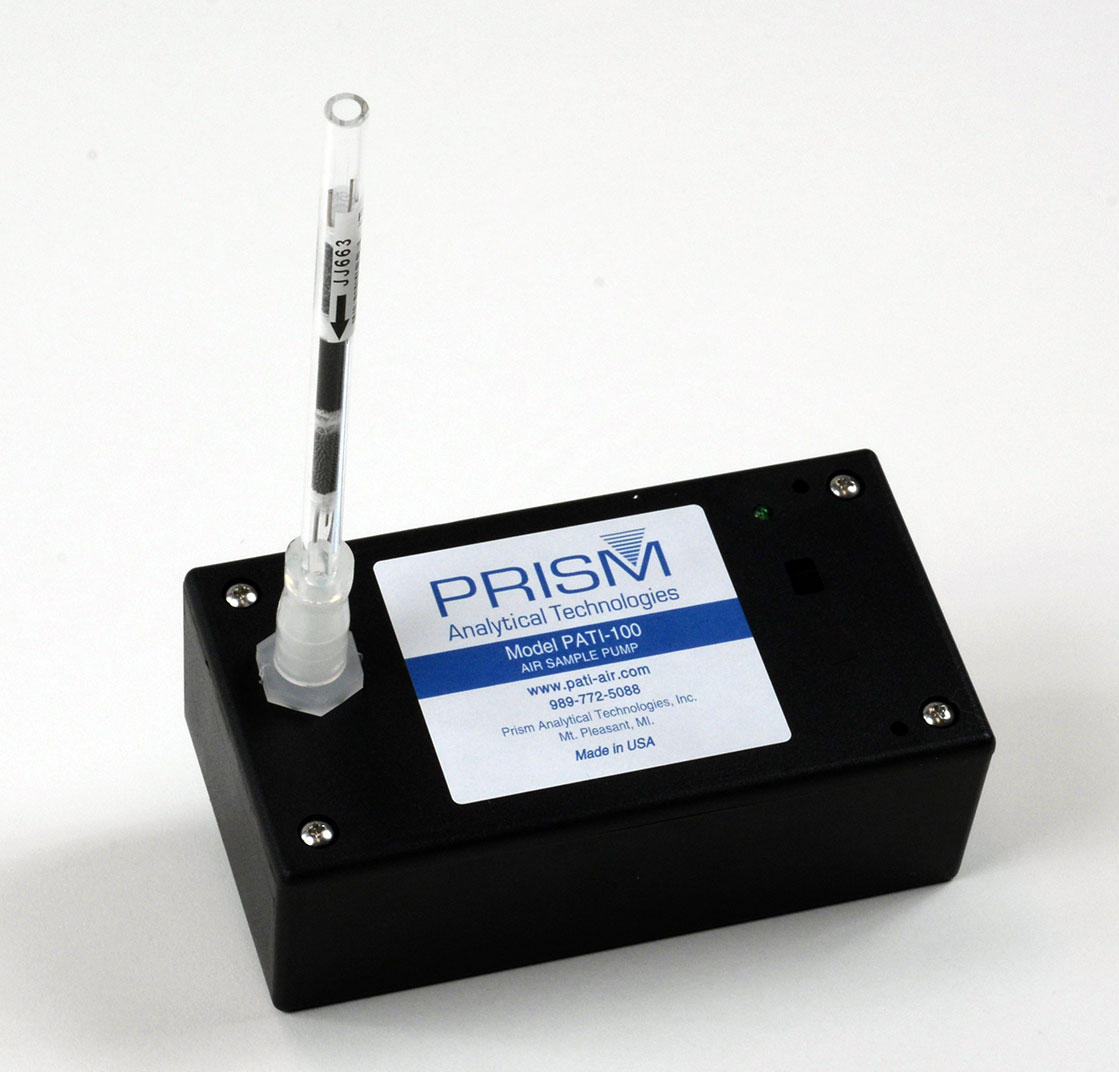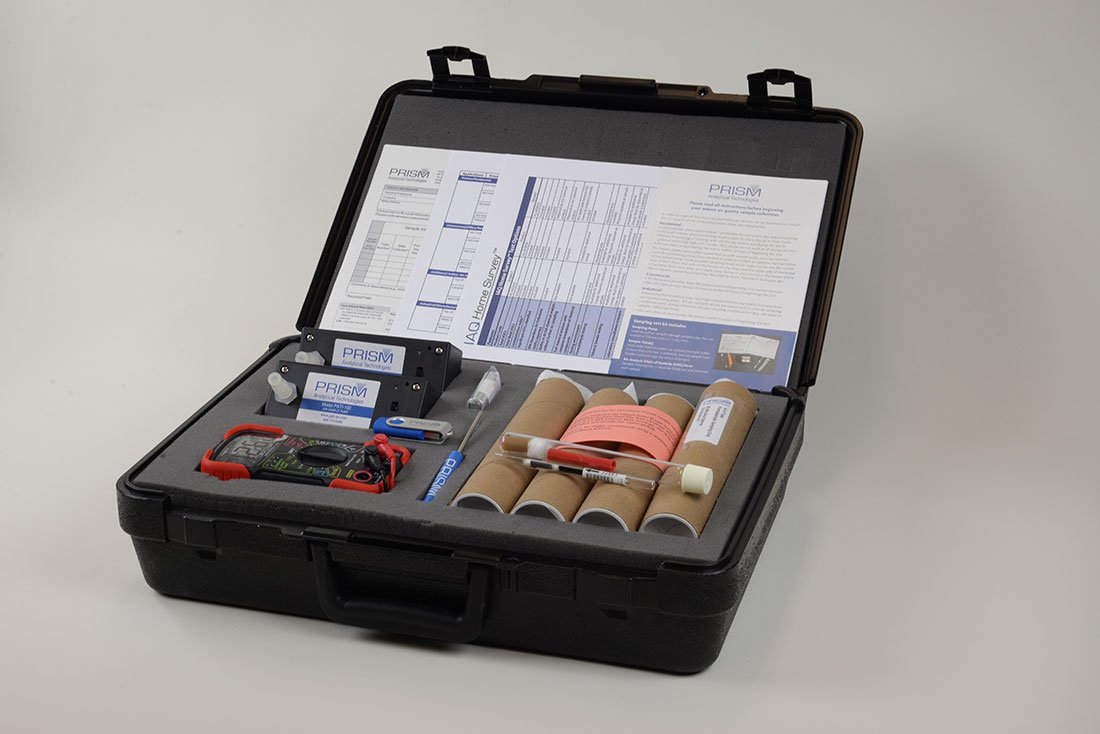VOC and Formaldehyde Monitoring
It is always important to identify what might be the substance that is causing the problem before specific air testing can be conducted.
VOC or Volatile Organic Compounds and Formaldehyde (also a type of VOC but requires specific testing requirements) can be sampled for in a number of different ways.
It is always important to identify what might be the substance that is causing the problem before specific air testing can be conducted. Generally, in new homes and commercial buildings or newly renovated homes and commercial buildings Formaldehyde and VOC emissions are of most concern.
Using a PID meter or Photoionization Detector we can determine the general total level of Volatile Organic Compounds in the air and often then pinpoint the source of the off-gassing. This meter is very helpful as it can provide an instant result in many areas and the concentration level can be observed and recorded at the time of testing. This meter will not however provide an identification of the types of VOC being measured and is not as accurate as utilising a calibrated pump and sorbent tube which is laboratory analysed.
Formaldehyde may also be measured utilising a meter but there are numerous gases that can give a false positive result for Formaldehyde and therefore it is always recommended that a specialised sorbent tube for Formaldehyde is utilised to detrmine the indoor concentration level.
Calibrated pumps are used to draw in specific quantities of air at specific flow rates onto specific sorbent tubes. The tube is then sent to a certified laboratory where it is analysed and a detailed report of results will then reveal the concentration and identification of the volatile organic compunds polluting the indoor air. There are many different volatile organic compounds and many different sorbent tubes that acontain specialised materials that absorb different chemicals more effectively. We can however utilise a general sorbent tube that contains various materials that are capable of absorbing a multitude of the most commonly used chemicals in building materials, paints, floor finishes, glues, resins, and personal care products.

An analysis of this type of sorbent tube can then reveal the concentration levels and types of chemicals in the indoor air.
Building Biologists have extensive knowledge in the fields of building materials in order to determine what may be the best way to sample for a VOC and which chemical or chemicals may be the cause of adverse health effects. It is often necessary to look at Safety Data Sheets (SDS) for a product or chemical being used in the building or home in order to determine the best course of action in relation to air sampling for the VOC. Specialised equipment and experience with the equipment is critical. Knowing its advantages and disadvantages is important in obtaining valuable results that mean something.

Please do not hesitate to contact us if you have any questions or require any assistance.
Let's Get in Touch
Generally, in new homes and commercial buildings or newly renovated homes and commercial buildings Formaldehyde and VOC emissions are of most concern.
